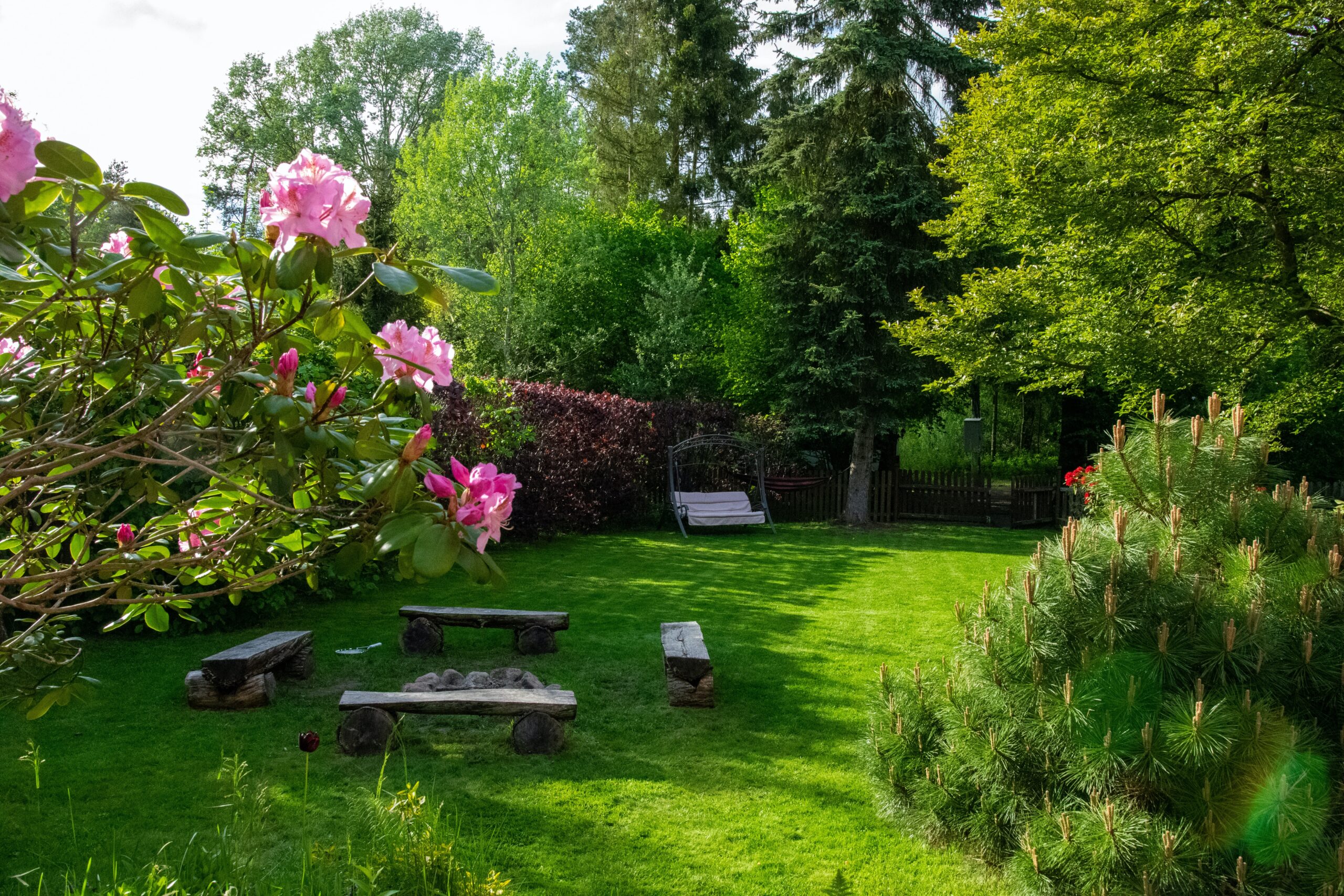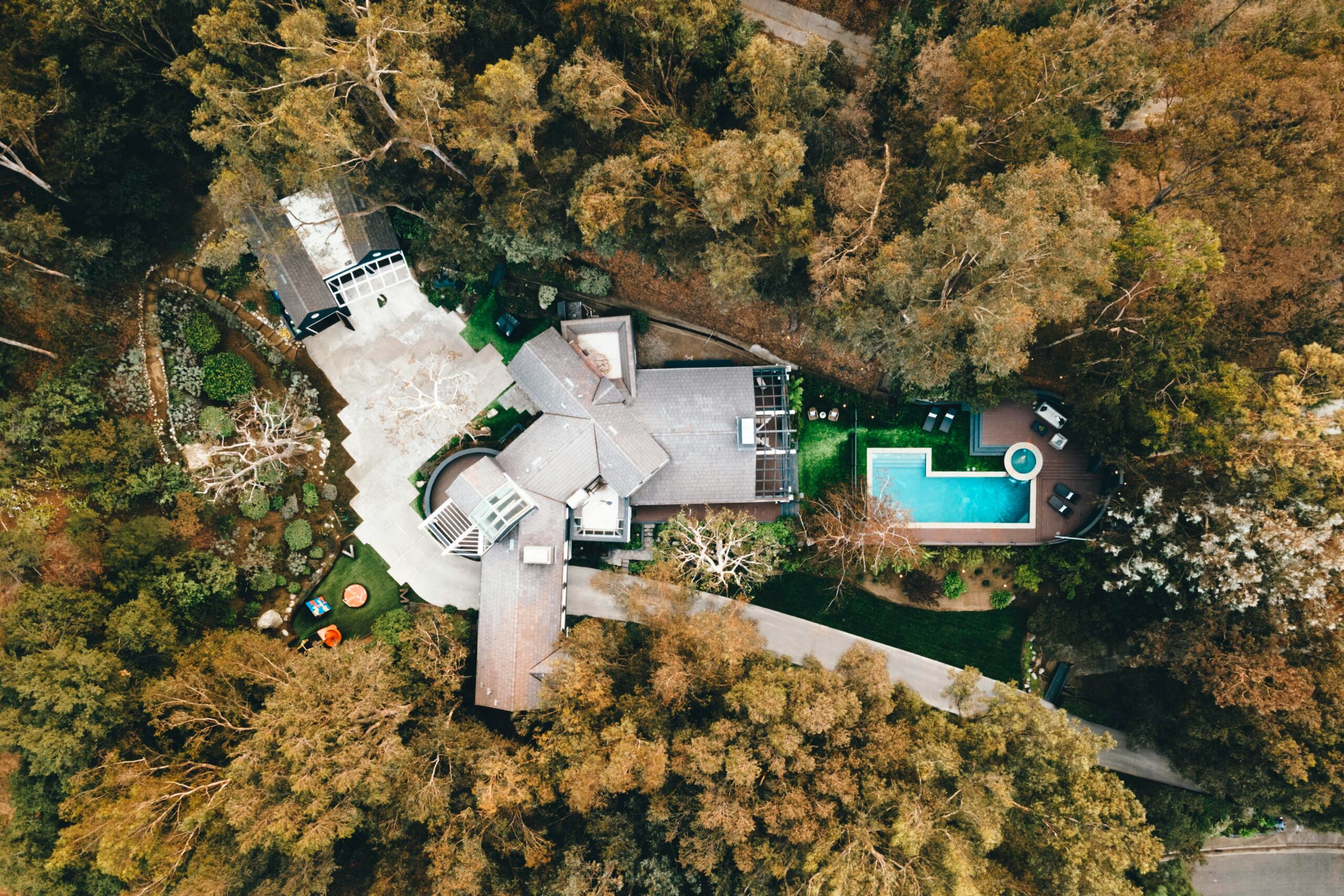Dealing with a flea infestation in your yard can quickly turn a pleasant outdoor experience into a nightmare. Not only do fleas cause discomfort to humans and pets, but they also pose a threat to the health of your plants and vegetation. If you’re tired of these pesky critters invading your yard, fear not! In this comprehensive guide, we will walk you through a step-by-step process to effectively eliminate fleas and reclaim your outdoor space. Armed with expert advice, practical tips, and proven methods, you’ll have the knowledge and tools to create a flea-free environment that you and your family can enjoy. From identifying flea hotspots to implementing natural and chemical treatments, we’ve got you covered.
How To Get Rid of Fleas In Yard
Step 1: Identify Flea Hotspots
Start by thoroughly examining your yard to identify areas where fleas are likely to thrive. These hotspots include shady and moist areas such as tall grass, shrubs, and dense vegetation. Pay close attention to spots where your pets spend a lot of time, as fleas commonly inhabit these areas. Environmental maintenance is a key factor in keeping fleas away from your yard.
Step 2: Clear and Clean
To eliminate fleas, it’s essential to clear and clean your yard. Trim tall grass, prune shrubs, and remove any debris or clutter that might provide hiding places for fleas. Rake up leaves and dispose of them properly. This will help make your yard less welcoming to fleas.
Step 3: Use Natural Preventive Methods
Incorporate natural preventive methods to repel fleas from your yard. Consider planting flea-repellent plants such as lavender, mint, and rosemary. These plants emit scents that fleas dislike. Another effective method is to spread diatomaceous earth (DE) around flea-prone areas. DE is a fine powder that damages the exoskeleton of fleas, ultimately killing them.
Step 4: Implement Chemical Treatments
If natural methods alone aren’t sufficient, consider using chemical treatments specifically designed for flea control in yards. Use flea sprays or granules recommended for outdoor use, following the instructions carefully. Apply these treatments to targeted areas, paying attention to flea hotspots and areas frequented by your pets.
Step 5: Regular Pup Care
To prevent reinfestation, it’s crucial to take care of your pets regularly. Use flea preventive products recommended by your veterinarian to keep your pets flea-free. Regularly bathe and groom your pets, and wash their bedding frequently. This will help control fleas on your pets and minimize the risk of bringing them back into your yard.
What Products Are Most Effective For Getting Rid Of Fleas In The Yard?
1. Nematodes:
Nematodes are microscopic worms that are natural predators of fleas. These beneficial organisms can be purchased in the form of a powder or liquid and can be applied to your yard using a sprayer or watering can. Once applied, nematodes will seek out flea larvae in the soil and kill them, effectively reducing the flea population in your yard.
2. Flea Traps:
Flea traps are another effective way to control fleas in your yard. These traps work by attracting fleas with heat, light, and a sticky surface. Once the fleas are trapped, they are unable to escape. Flea traps can be placed strategically around your yard to help reduce the flea population and prevent further infestations.
3. Diatomaceous Earth:
Diatomaceous earth is a natural and safe product that can be used to kill fleas in your yard. It is made from the fossilized remains of diatoms, a type of algae. Diatomaceous earth works by dehydrating and killing fleas on contact. Simply sprinkle the powder in areas where fleas are present, such as shady areas, around plants, and near pet resting areas. Be sure to reapply after it rains or if the powder gets wet.
4. Flea Repellent Plants:
Certain plants have natural flea repellent properties and can help keep fleas away from your yard. Some examples include lavender, rosemary, peppermint, and eucalyptus. Plant these herbs in your garden or place potted plants around your yard to create a natural barrier against fleas.
5. Using Pesticides and Insecticides:
When it comes to dealing with a stubborn flea infestation in your yard, sometimes natural preventive methods may not be enough. That’s where pesticides and insecticides can be your best allies. These powerful solutions are specifically formulated to target and eliminate fleas, making them an effective weapon against these pesky parasites.
How Often Should I Inspect My Yard For Fleas?
If you live in an area with a high flea population or if your pets frequently spend time outdoors, it is advisable to inspect your yard more frequently, ideally every few days. Additionally, if you’ve recently dealt with a flea infestation, it is important to maintain a strict inspection routine until you are confident the problem has been resolved.
During your yard inspections, pay close attention to areas where fleas are commonly found. These include shady spots, moist areas, tall grass, and areas frequented by wildlife or stray animals. Fleas tend to avoid direct sunlight, so focus on areas with dense vegetation or debris.
When inspecting your yard, keep an eye out for flea activity, as well as the presence of flea eggs, larvae, or pupae. Fleas are small, dark-colored insects and can be difficult to spot, so it may be helpful to wear light-colored clothing to make them more visible.
How Soon After Treatment Can My Children and Pets Safely Return To The Yard?
The safety of your loved ones is paramount, and it is essential to follow the recommended guidelines provided by professional pest control experts or the manufacturer’s instructions for any flea treatment products you use. These guidelines typically outline the waiting period before it is safe for children and pets to re-enter the yard.
While waiting times may vary depending on the specific treatment method used, it is generally advisable to keep children and pets off the treated area until it has completely dried. This drying time can range from a few hours to a couple of days, depending on the product and weather conditions.
During this waiting period, it is crucial to make alternative arrangements for your children and pets to ensure their safety. For instance, you could keep them indoors, in a separate part of the house, or in an unaffected area of the yard, away from the treated sections.
Additionally, it is essential to thoroughly read the instructions and warnings provided with the flea treatment product you use. These instructions will contain specific information regarding the re-entry time and any precautions you need to take.
Conclusion
In conclusion, learning how to get rid of fleas in your yard is essential for maintaining a healthy and enjoyable outdoor space. By following the step-by-step process outlined in this article, you now have the tools and knowledge to tackle flea infestations effectively. Whether you opt for natural remedies or the use of pesticides and insecticides, it’s important to prioritize the safety of your family and pets. Remember to take preventive measures, regularly clean your yard, and stay vigilant to minimize the risk of future infestations. With determination and the right approach, you can reclaim your yard from fleas and create a pest-free environment where you can relax, play, and enjoy the outdoors without the annoyance of these persistent parasites.
Final Thoughts
Discover the artistry of landscaping with Terracare Landscaping, where our experts bring decades of experience in creating and maintaining stunning outdoor spaces. From Bergen County to Wyckoff and Franklin Lakes, we have been proudly serving New Jersey communities, ensuring that your dream home oasis becomes a reality. Contact us today and let us transform your outdoor living space into something truly extraordinary.
Sources
1. https://pesticidestewardship.org/homeowner/using-pesticides-safely-and-correctly/




